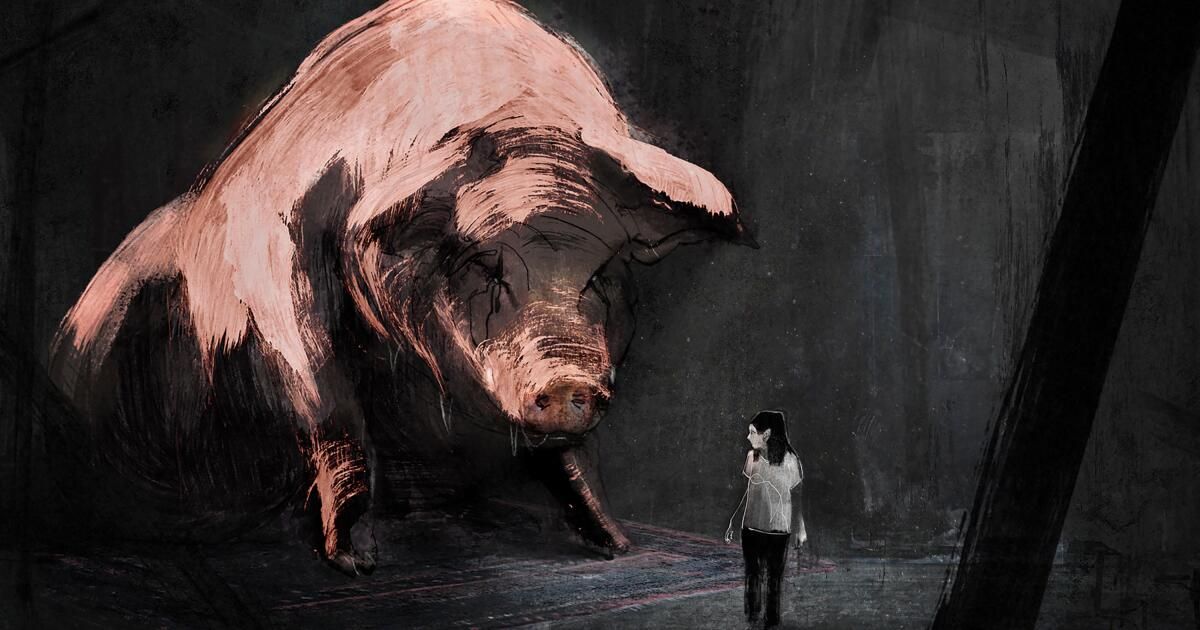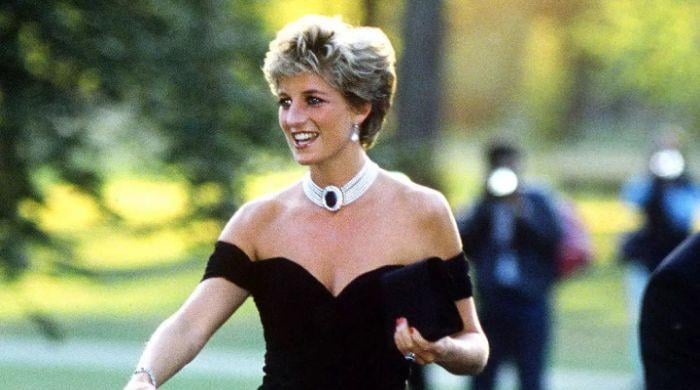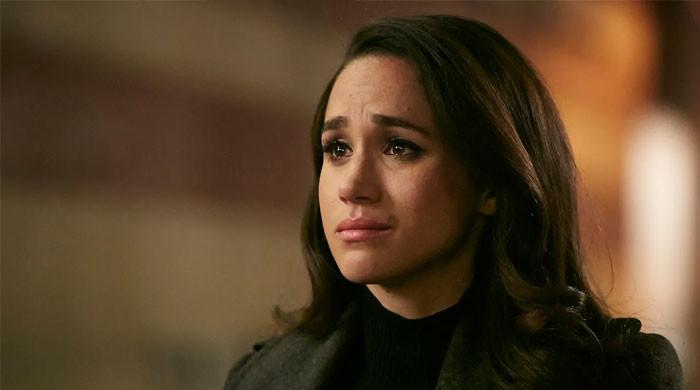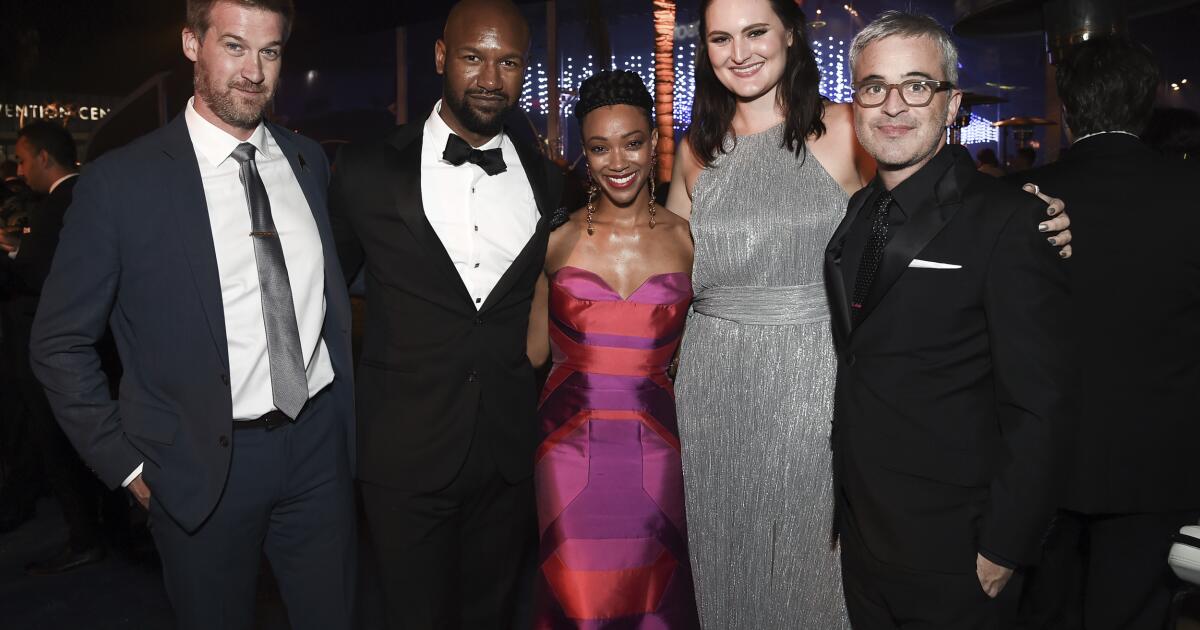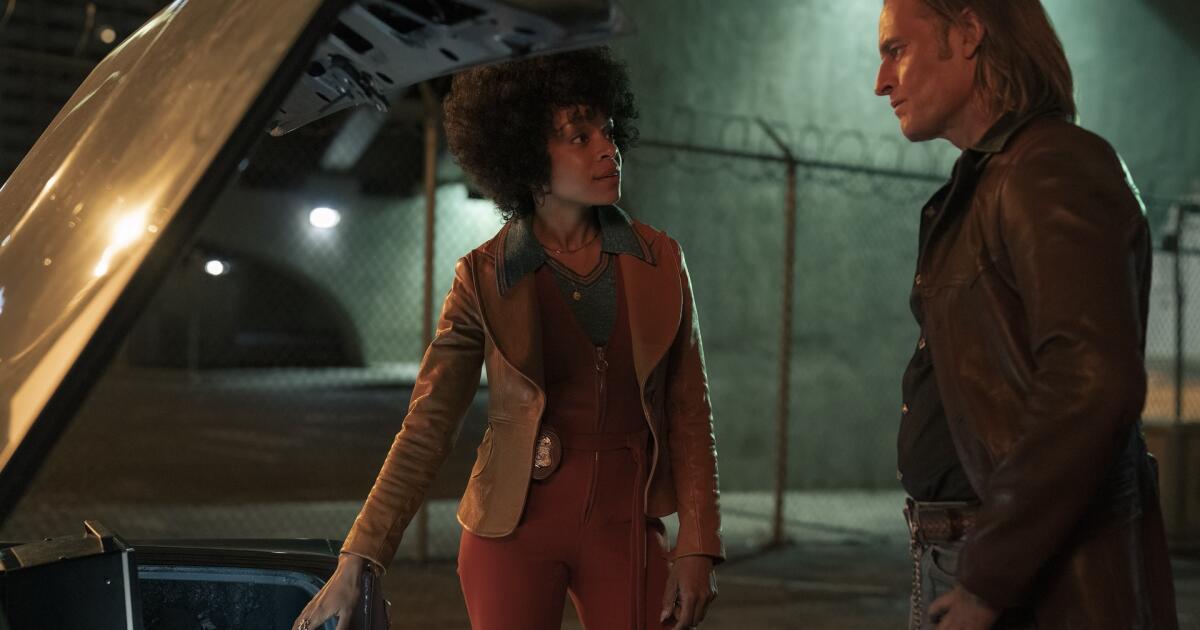Even when focusing on children's experiences, the five films nominated for the animated short Oscar are decidedly aimed at adults. In these emotionally complex and visually distinctive shorts, the trauma of war, the effects of political repression, and the fear of death are given their comeuppance.
'Letter to a pig'
In “Letter to a Pig” by Tal Kantor, from France and Israel, an elderly Holocaust survivor visits a class of teenagers and tells them the improbable story of a pig that saved his life. His trauma resonates outside the classroom in unpredictable ways, leading a young girl to have an unforgettable dream. The film's mix of history and surrealism arises from the director's own childhood memories.
“It was important to me to show the layers and complexity of the human soul when dealing with such a profound subject,” Kantor says. “Thus, the film's cinematic and visual language constantly combines realistic elements with the elusive and surreal world of memory and imagination, providing a glimpse into the depths of human nature.”
“War is over! Inspired by the music of John & Yoko” shares a message of peace.
(TVShorts)
'War is over! Inspired by the music of John and Yoko'
Taking a cue from John Lennon and Yoko Ono's 1971 protest anthem-turned-Christmas standard “Happy Xmas (War Is Over),” Pixar alum Dave Mullins' 11-minute short is set in an alternate reality of the World War I, where a game of chess is played. It is played through enemy lines with the help of a carrier pigeon.
The idea originated with John and Yoko's son, Sean, and his attempts to reintroduce his parents' message of peace to a new generation. A chance introduction to Mullins led to a narrative breakthrough and took the concept far beyond a music video.
According to producer Brad Booker, “It was crucial for the audience to identify with the soldiers on both sides, which prompted them to say, 'That could be me.' At the end of the film, our goal was to move from an 'us versus them' mentality to a collective 'us'.”
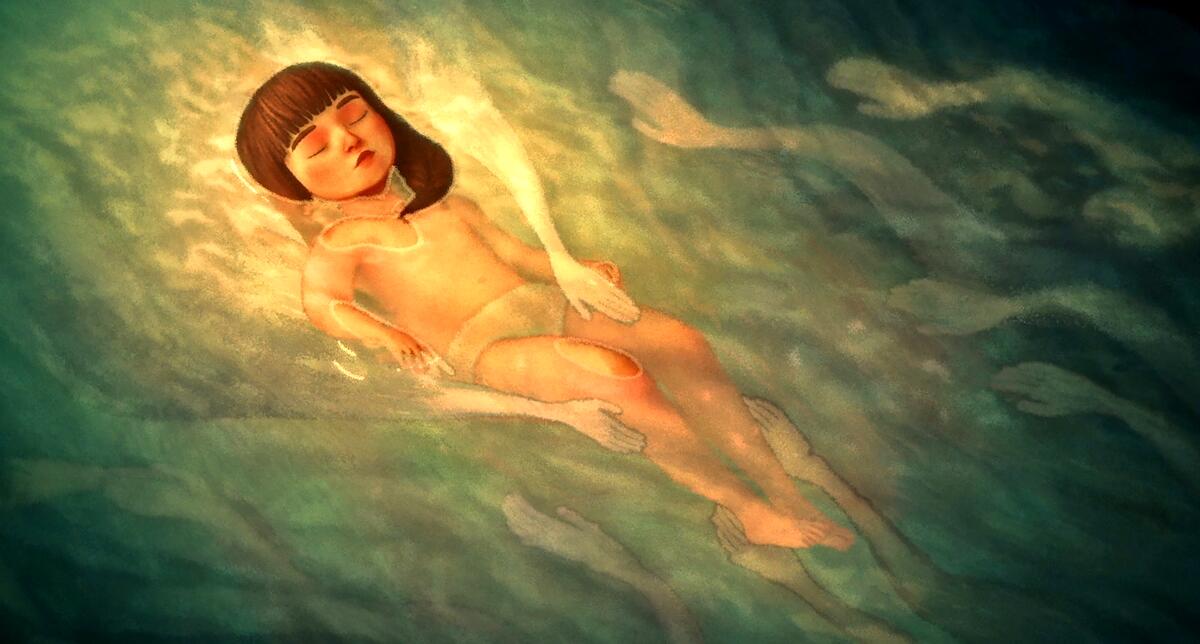
“Pachyderme” uses poetic narration and an evolving color palette to depict a 9-year-old girl's alternately sweet and haunting visit to her rural grandparents.
(TVShorts)
'Pachyderm'
In the serene but goosebump-inducing “Pachyderme,” French director Stéphanie Clément uses poetic storytelling and an evolving color palette to depict a 9-year-old girl's alternately sweet and haunting visit to her rural grandparents. It's a melancholic, understated coming-of-age story, steeped in sensory memory.
The director's composition and framing choices introduce a sense of unease into each image, complicating any sense of nostalgia. According to Clément, “the sky, for example, practically does not exist in the film. When the sky is present, it is obstructed by an element (the grandparents' house, a tree, etc.) to evoke the character's lack of escape.”
Clément's vision is also site-specific. “The south of France is the source of the film's vivid colors: the yellow of the dry grass, the turquoise of the water, the dark green of the cypresses and the orange-red of the tomettes, the small terracotta tiles typical of Provençal houses. But the palette gradually evolves as the narrator's awareness of his own story grows, ending on a pale, earthy note.”
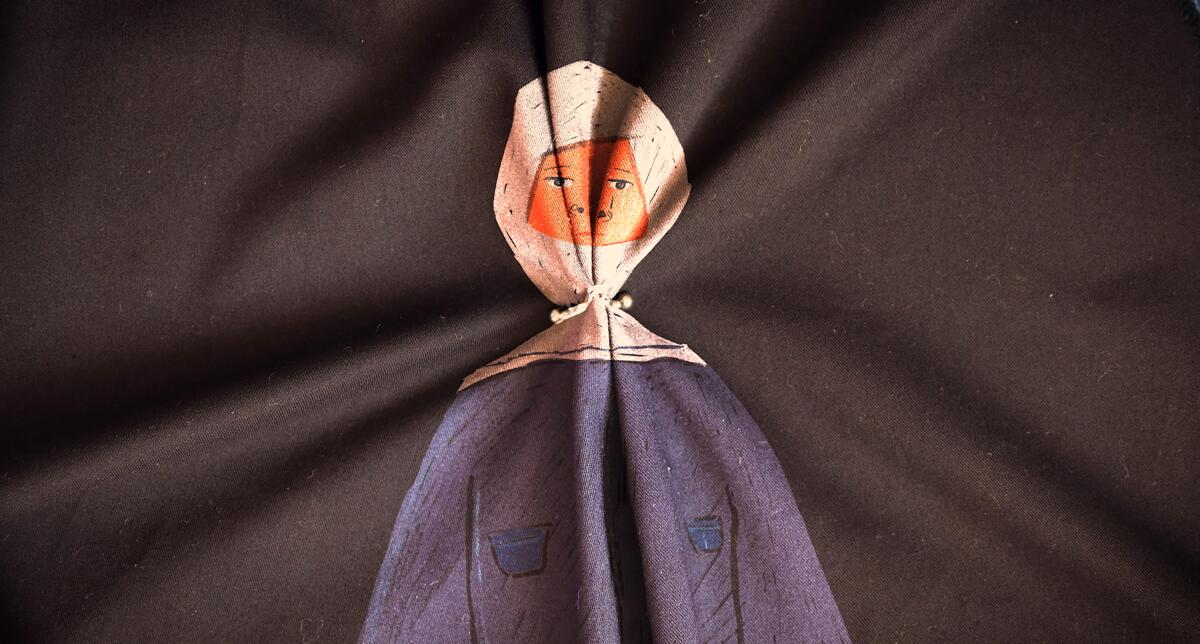
“Our Uniform” considers the layers of the hijab and the ways in which a dress code enables and disables self-expression.
(TVShorts)
'Our uniform'
In the most visually distinctive short film of this year's cohort, director Yegane Moghaddam weaves her memories of school days in Iran onto the fabric of a school uniform. In a playful, digressive style, Moghaddam considers the layers of the hijab and the ways in which a dress code enables and disables self-expression.
According to Moghaddam, “the images were composed on the canvas with the help of a computer” and the process was not limiting. “Instead, I was able to discover many visual possibilities by combining the image and the fabric.”
“I chose to work with fabrics because I wanted to connect style and theme,” adds Moghaddam. “I think the union between the medium and the narrative helps to communicate more easily with the audience. The more you keep your medium aligned with your story, the more coherence you will have in the final piece.”
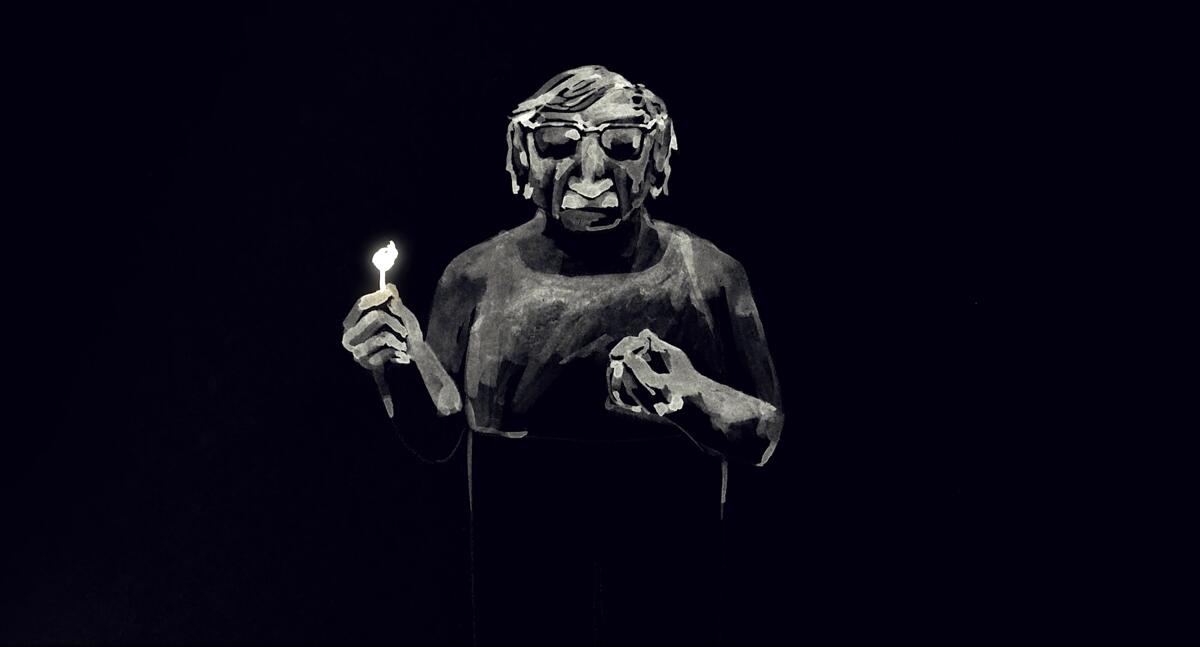
As a death row inmate bids farewell to his senses, “Ninety-Five Sense” explores a series of important existential questions.
(TVShorts)
'Ninety-five senses'
Directed by Jared and Jerusha Hess (“Napoleon Dynamite”) and featuring the voice of Tim Blake Nelson, “Ninety-Five Senses” offers an ode to the human body from the perspective of a death row inmate. As its protagonist bids farewell to his senses, the film explores a series of important existential questions.
According to producer Miles Romney, “MAST, our nonprofit accelerator, featured six animators with distinctive styles, winners of a global animation competition. The purpose of the film was to highlight each style while fluidly weaving them all together, not in a visual display, but in a story.”
Screenwriters Chris Bowman and Hubbel Palmer took on this challenge, Romney says, and “gave the directors and our animators an incredible spectrum of emotional colors to work with.”
Romney adds that the film wouldn't work without Nelson in the lead role. “In our character Coy we have a folk philosopher, someone who moves between nostalgia, regret, longing, hope, resignation, in a very short space of time. He cries out for an actor with emotional and philosophical depth, whose performance is also accessible and unmistakably genuine. Who else but Tim Blake Nelson?

